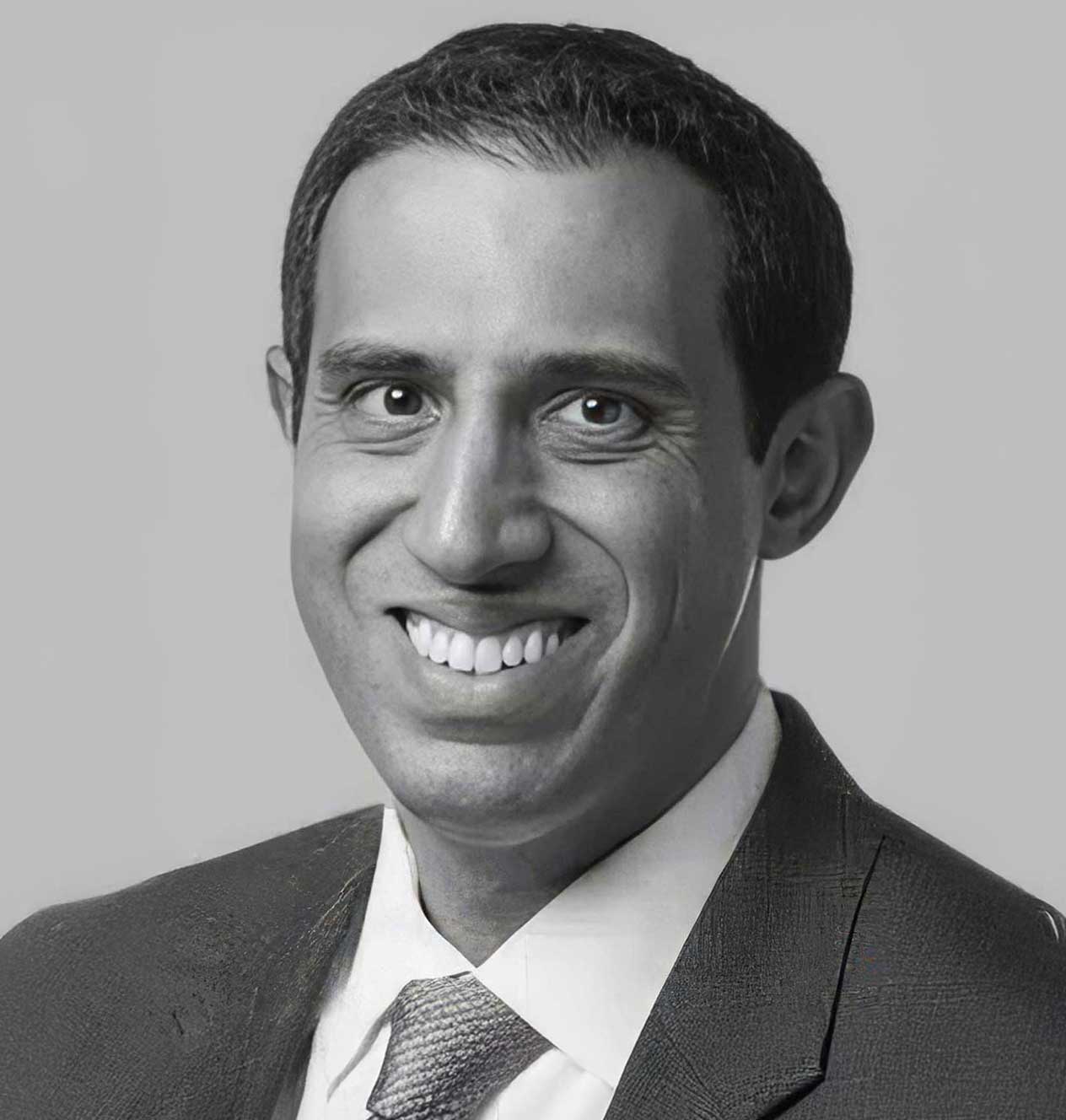What is Causation in Personal Injury Cases?
Causation in personal injury law refers to the link between the defendant’s actions and the plaintiff’s injuries. To win a personal injury claim, the plaintiff must prove that the defendant’s negligent behavior directly caused—or substantially contributed to—the harm they suffered.
Even if negligence is clear, the case can fall apart without strong evidence of causation.
Why is causation important in personal injury claims?
Causation is a core element of any negligence case. It bridges the gap between a defendant’s wrongful conduct and the plaintiff’s injuries. Courts typically break causation into two parts: actual cause (also called “cause in fact”) and proximate cause (legal cause). Both must be satisfied to establish liability.
Without causation, a personal injury case cannot succeed—even if damages are severe.
Actual cause asks: Did the defendant’s actions directly cause the injury?
Proximate cause asks: Was the injury a foreseeable result of the defendant’s actions?
Plaintiffs must prove both types of causation to win their case.
Medical and expert evidence often play a crucial role in establishing causation.
What is the difference between actual and proximate cause?
Actual cause refers to the direct, factual connection between the defendant’s actions and the injury. It’s often assessed using the “but for” test: But for the defendant’s conduct, would the injury have occurred?
Proximate cause, on the other hand, focuses on foreseeability. It limits liability to harms that were reasonably predictable consequences of the conduct.
Actual cause: Direct link — the injury wouldn’t have happened without the defendant’s actions.
Proximate cause: Legal limit — the injury was a foreseeable outcome of the behavior.
Both are required to establish legal responsibility.
Unforeseeable or highly unusual events may break the chain of proximate cause.
How do you prove causation in a personal injury case?
Proving causation often requires a combination of medical records, expert testimony, and fact-based evidence. The more complex the injury—or the more factors involved—the more critical expert analysis becomes. For example, if a plaintiff has preexisting injuries, the defense may argue those were the true cause of the harm.
Courts weigh both direct and circumstantial evidence to determine causation.
Medical experts can testify that the injury is consistent with the accident.
Accident reconstruction specialists may show how the incident unfolded.
Plaintiffs may need to disprove alternative causes raised by the defense.
Causation must be proven by a preponderance of the evidence—more likely than not.
What can break the chain of causation?
In legal terms, an intervening or superseding cause can break the chain of causation. If an unforeseeable event occurs after the defendant’s act and causes the injury, it may relieve the defendant of liability. This often becomes a key battleground in personal injury trials.
For example, if a car crash is followed by unexpected medical malpractice, the original driver might not be liable for the worsened outcome.
Intervening events may cut off liability if they are unforeseeable.
Preexisting conditions don’t break causation but may affect damages.
Acts of third parties may or may not relieve the defendant, depending on foreseeability.
“Eggshell plaintiff” rule: Defendants take plaintiffs as they find them—even if injuries are worse than expected.
Conclusion
Causation is one of the most complex and critical elements in any personal injury case. It’s not enough to show that someone was negligent—you must prove their actions directly and foreseeably caused your injury. With the right medical and legal evidence, causation can be clearly established to support a strong claim.
What is causation in a personal injury case?
Causation is the requirement to prove that the defendant’s actions directly led to the plaintiff’s injuries. It includes both actual and proximate cause and is essential to establishing liability.
What is the difference between actual and proximate cause?
Actual cause means the defendant’s conduct directly caused the injury. Proximate cause considers whether the injury was a foreseeable result of that conduct. Both must be proven to win a personal injury claim.
Can preexisting conditions affect causation?
Yes. Defendants often argue that a plaintiff’s injuries were caused by a preexisting condition. However, if the accident aggravated the condition, the defendant can still be held liable for the worsened outcome.
How do courts decide if causation has been proven?
Courts use the “preponderance of the evidence” standard. If it’s more likely than not that the defendant’s actions caused the injury, the plaintiff meets their burden of proof.
Featured Articles
-
Glossary
What is Voir Dire?
What is Voir Dire? If your personal injury case goes to trial, one of the first steps you'll witness is voir dire—a term that.
-
Glossary
What is Tort Reform?
What is Tort Reform? Tort reform is a hot-button issue in the world of personal injury law. If you’ve filed—or are thinking about filing—a.
-
Glossary
What is Pro Hac Vice Admission?
What is Pro Hac Vice Admission? If you’re involved in a personal injury lawsuit—especially one with out-of-state parties—you may hear that a lawyer is.
Explore our Contributors
Discover Next
Insights from Experts
Learn from industry experts about key cases, the business of law, and more insights that shape the future of trial law.







